Home>Gardening & Outdoor>Outdoor Structures>How To Keep Insects Out Of A Shed
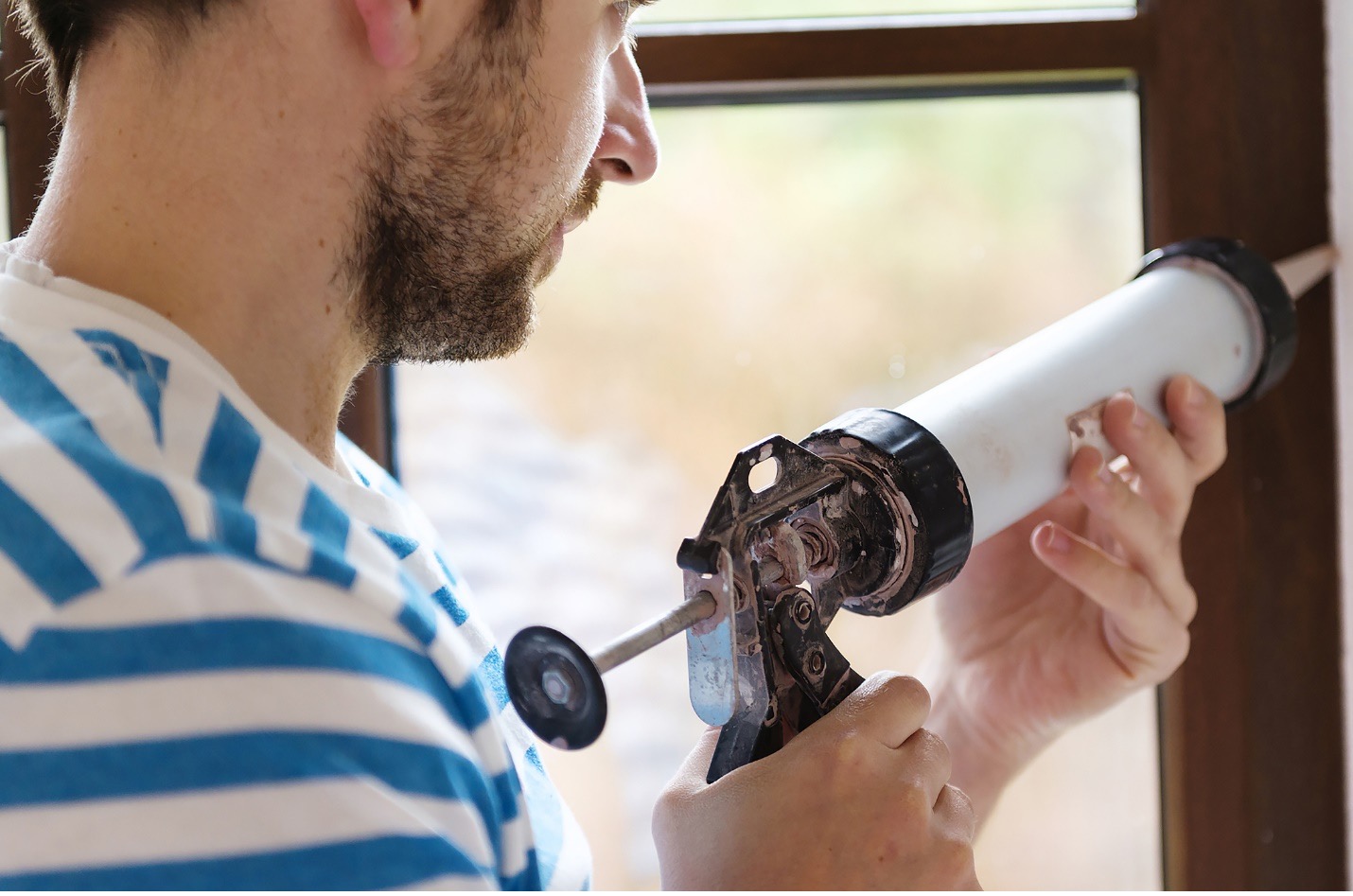

Outdoor Structures
How To Keep Insects Out Of A Shed
Published: January 19, 2024
Learn effective strategies for keeping insects out of your shed and other outdoor structures. Discover practical tips to maintain a pest-free environment. Ideal for homeowners and gardeners.
(Many of the links in this article redirect to a specific reviewed product. Your purchase of these products through affiliate links helps to generate commission for Storables.com, at no extra cost. Learn more)
Introduction
So, you've got a shed – a place to store your gardening tools, outdoor gear, and maybe even a workspace for your DIY projects. It's a valuable addition to your property, but there's one thing that can quickly turn it from a haven to a headache: insects. These tiny invaders can wreak havoc in your shed, damaging your belongings and creating an unwelcoming environment.
In this guide, we'll delve into the world of shed insect control, equipping you with the knowledge and strategies to keep these pesky critters at bay. From understanding the importance of insect prevention to identifying common shed insects and implementing effective control measures, we've got you covered.
So, grab a seat, and let's explore the fascinating realm of insect-proofing your shed.
Key Takeaways:
- Protect your shed from insect damage by sealing entry points, maintaining cleanliness, and using natural remedies. Keep your outdoor space pest-free and functional with proactive maintenance.
- Identify common shed insects like termites, spiders, and ants, and implement preventative measures such as installing screens and using pest-resistant materials. Embrace natural remedies like citrus peels and essential oils for eco-friendly insect control.
Read more: How To Keep Birds Out Of A Shed
Understanding the Importance of Keeping Insects Out
When it comes to your shed, keeping insects out isn’t just about maintaining a tidy space – it’s about protecting your investments and ensuring a safe environment. Insects can cause extensive damage to the structure of your shed and its contents. Termites, for example, are notorious for their ability to chew through wood, potentially compromising the integrity of the shed.
Furthermore, certain insects can pose health risks. For instance, spiders and stinging insects may create hazards for anyone accessing the shed. Additionally, insects can infest stored items, such as clothing, cardboard boxes, and wooden furniture, leading to contamination and deterioration.
Beyond the physical and health-related concerns, the presence of insects can also detract from the functionality and enjoyment of your shed. No one wants to enter a space that’s overrun by pests or deal with the frustration of finding their belongings damaged or infested.
By understanding the implications of an insect-infested shed, you can appreciate the significance of implementing proactive measures to keep these unwelcome visitors at bay. In the following sections, we’ll explore effective strategies for identifying, preventing, and controlling shed insects, empowering you to safeguard your shed and its contents from the perils of insect intruders.
Identifying Common Shed Insects
Before devising a plan to keep insects out of your shed, it’s essential to familiarize yourself with the common culprits that may take up residence in this outdoor structure. Shed-dwelling insects can vary depending on factors such as geographic location, climate, and the specific materials used in the construction of the shed.
One prevalent shed invader is the termite, a tiny but destructive creature that feeds on cellulose-based materials, particularly wood. These relentless pests can silently wreak havoc on the wooden components of your shed, potentially leading to costly structural damage if left unchecked.
Another frequent nuisance is the spider. While many spiders are harmless, some species can deliver venomous bites and create unsightly webs around the shed, causing inconvenience and discomfort for shed users.
Ants are also common visitors in sheds, especially those with stored food items. These industrious insects can quickly establish colonies and forage for sustenance, posing a threat to the cleanliness and integrity of the shed’s contents.
Furthermore, beetles, moths, and cockroaches are known for infiltrating sheds in search of shelter, food, and breeding sites. Their presence can lead to contamination of stored items and compromise the overall tidiness of the shed.
By recognizing these potential intruders, you can proactively address the risk of infestation and implement targeted prevention and control measures. In the subsequent sections, we’ll delve into effective strategies for deterring and managing these common shed insects, empowering you to maintain a pest-free and functional outdoor storage space.
Seal any cracks or openings in the shed with caulk or weather stripping to keep insects out. Regularly clean the shed to remove any potential food sources for insects.
Preventative Measures for Keeping Insects Out
Implementing proactive measures to deter insects from infiltrating your shed is a crucial aspect of maintaining a pest-free environment. By integrating a combination of physical barriers, regular maintenance, and strategic practices, you can significantly reduce the likelihood of insect infestations. Here are some effective preventative measures to consider:
- Seal Entry Points: Inspect the shed for any gaps, cracks, or openings that may serve as entry points for insects. Use caulk, weather-stripping, or sealant to close off these potential access routes, thereby fortifying the shed against unwanted intruders.
- Install Screens: Consider installing screens on windows, vents, and openings to prevent insects from entering while allowing for adequate airflow. Ensure that the screens are intact and free of tears or gaps that could compromise their effectiveness.
- Maintain Cleanliness: Keep the interior and exterior of the shed clean and free of debris, clutter, and food remnants. Regularly sweep the floors, wipe down surfaces, and promptly remove any organic matter that may attract insects.
- Use Pest-Resistant Materials: When constructing or renovating your shed, opt for materials that are naturally resistant to pests, such as cedar or pressure-treated wood. These choices can help deter insect infestations and contribute to the longevity of the structure.
- Organize and Elevate Storage: Store items in sealed containers or on elevated shelves to minimize potential hiding spots and nesting areas for insects. This organization strategy can also facilitate regular inspections and maintenance of stored items.
By diligently implementing these preventative measures, you can create an environment that is less hospitable to insects, reducing the likelihood of infestations and preserving the integrity of your shed and its contents. In the following sections, we’ll explore additional strategies, including natural remedies, to further enhance your shed’s insect resistance.
Natural Remedies for Insect Control
When it comes to keeping insects at bay in your shed, natural remedies can serve as effective and environmentally friendly alternatives to chemical insecticides. These solutions harness the power of natural ingredients and repellent properties to deter insects while minimizing the impact on the surrounding ecosystem. Consider incorporating the following natural remedies into your insect control strategy:
- Citrus Peels: The strong scent of citrus, derived from peels of fruits such as lemons, oranges, and grapefruits, can act as a natural deterrent for certain insects. Place citrus peels near entry points or potential nesting areas to discourage insect activity.
- Essential Oils: Certain essential oils, such as peppermint, lavender, and tea tree oil, are known for their insect-repelling properties. Dilute these oils with water and spray the solution around the perimeter of the shed or areas prone to insect activity to create a natural barrier.
- Diatomaceous Earth: This powdery substance, composed of fossilized diatoms, can be sprinkled around the exterior of the shed to deter crawling insects. Diatomaceous earth acts by dehydrating and disrupting the protective outer layer of insects, effectively controlling their populations.
- Natural Predators: Encourage the presence of natural insect predators, such as ladybugs, praying mantises, or birds, in the vicinity of your shed. These beneficial creatures can help keep insect populations in check by preying on pests and maintaining a natural ecological balance.
- Vinegar Solution: A solution of water and vinegar can serve as a natural cleaning agent to eliminate scent trails left by insects, deterring them from re-entering the shed. Additionally, spraying vinegar near entry points can discourage certain insects from crossing into the space.
By integrating these natural remedies into your insect control efforts, you can create an inhospitable environment for pests while minimizing the use of synthetic chemicals. These natural solutions not only contribute to a healthier and more sustainable approach to insect control but also align with the principles of eco-conscious shed maintenance.
With a comprehensive understanding of natural remedies and preventative measures, you are equipped to fortify your shed against insect intruders and maintain a harmonious balance between nature and your outdoor storage space.
Read more: How To Keep Spiders Out Of A Shed
Conclusion
Congratulations! You’ve embarked on a journey to fortify your shed against the perils of insect intruders, gaining insights into the importance of insect prevention, identifying common shed insects, and implementing effective control measures. By arming yourself with this knowledge, you’re well-equipped to maintain a pest-free and functional outdoor storage space.
Remember, the key to successful insect control in your shed lies in a proactive and holistic approach. By sealing entry points, maintaining cleanliness, and utilizing natural remedies, you can create an environment that repels insects and safeguards your belongings. Additionally, the use of pest-resistant materials and strategic storage practices can further fortify your shed against potential infestations.
As you continue to care for your shed and its contents, consider integrating these strategies into your regular maintenance routine. By staying vigilant and proactive, you can mitigate the risk of insect intrusions and preserve the integrity and functionality of your shed for years to come.
Furthermore, don’t underestimate the power of natural remedies in your insect control efforts. By harnessing the repellent properties of citrus peels, essential oils, diatomaceous earth, and vinegar, you can create a natural barrier against pests while minimizing the impact on the environment.
With your newfound knowledge and commitment to proactive shed maintenance, you’re poised to enjoy a pest-free, organized, and welcoming space for all your storage and DIY needs. Embrace the journey of insect-proofing your shed, and relish in the peace of mind that comes with a well-protected outdoor structure.
So, go ahead – open the doors to your shed with confidence, knowing that you’ve taken the necessary steps to keep insects out and uphold the functionality and integrity of this valuable outdoor asset.
Frequently Asked Questions about How To Keep Insects Out Of A Shed
Was this page helpful?
At Storables.com, we guarantee accurate and reliable information. Our content, validated by Expert Board Contributors, is crafted following stringent Editorial Policies. We're committed to providing you with well-researched, expert-backed insights for all your informational needs.
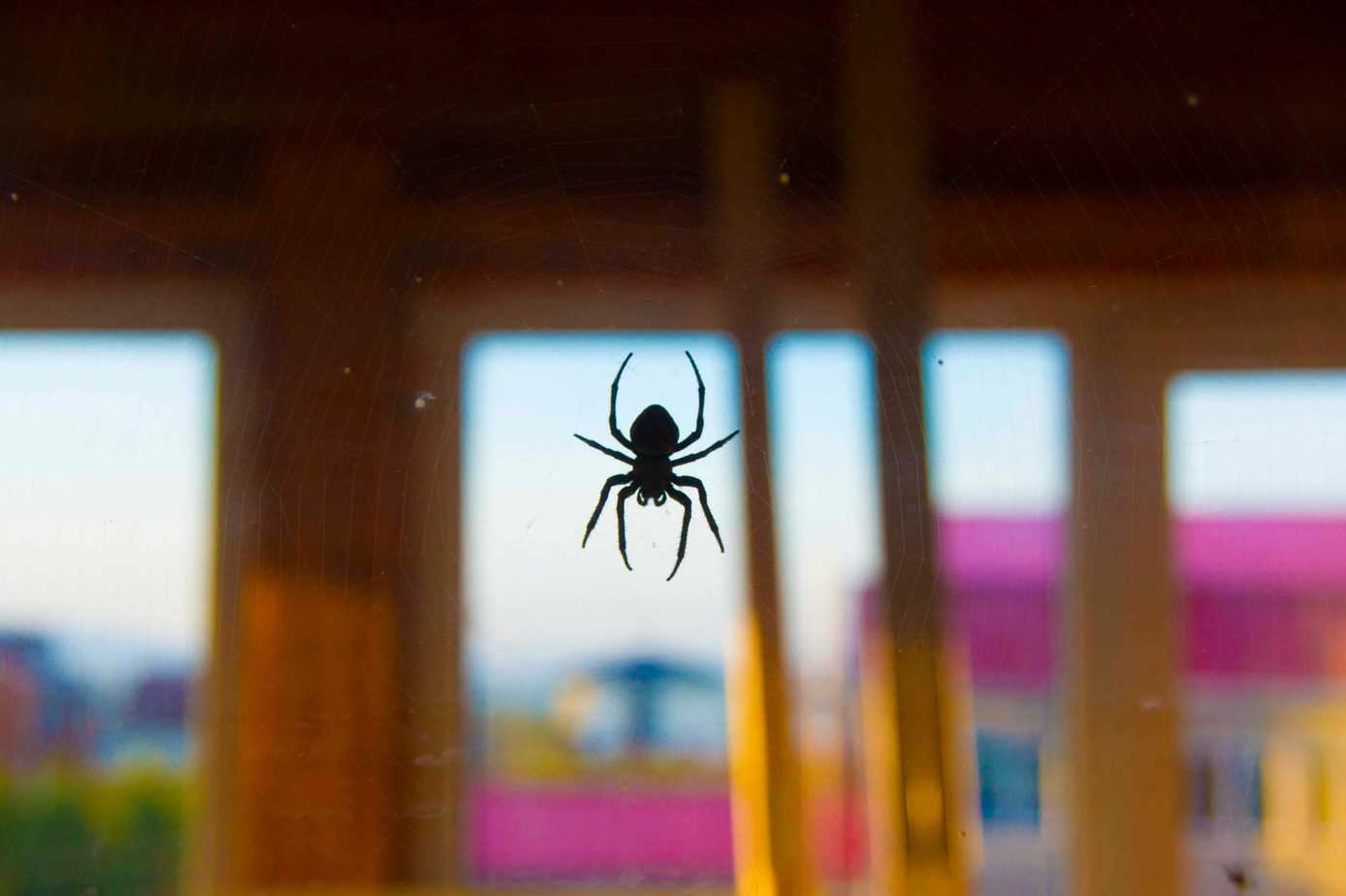
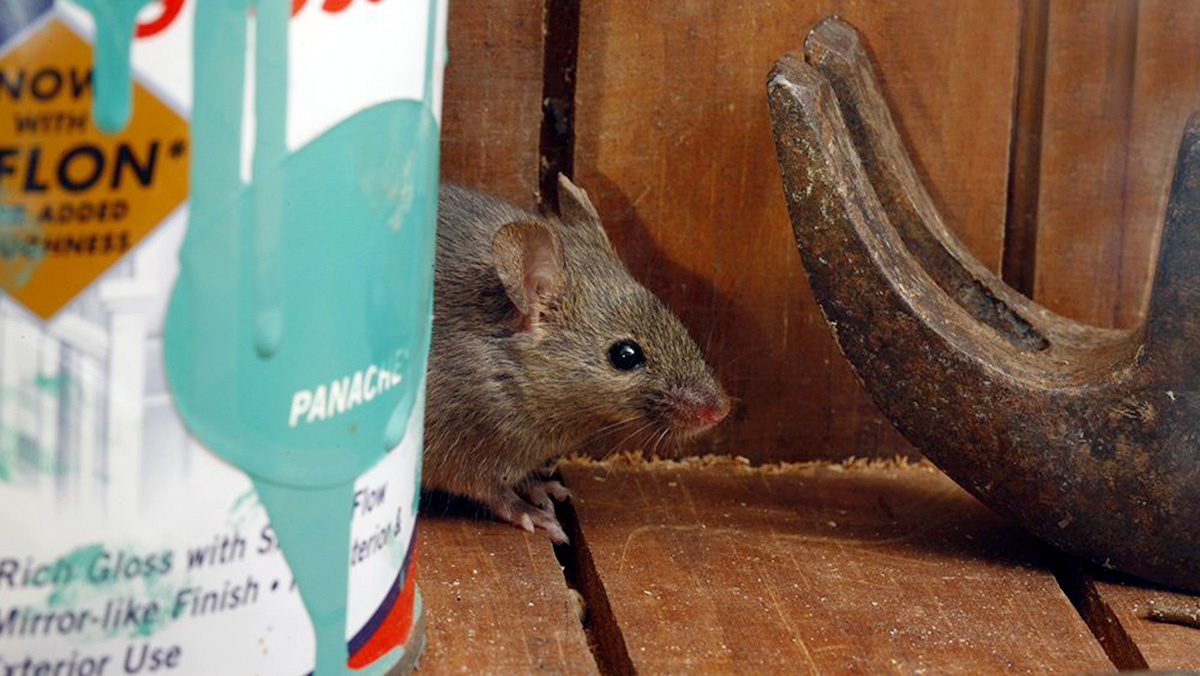
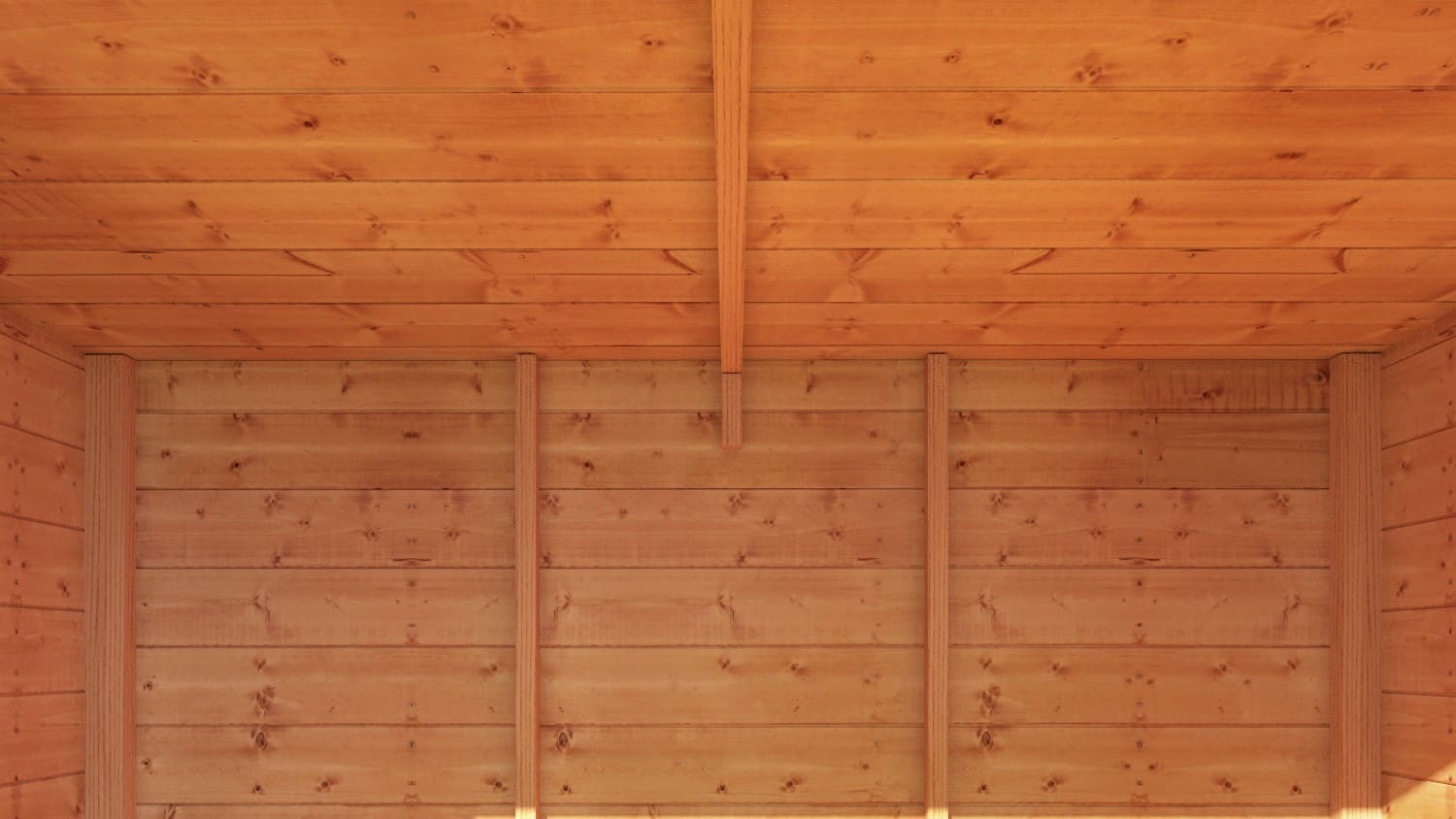
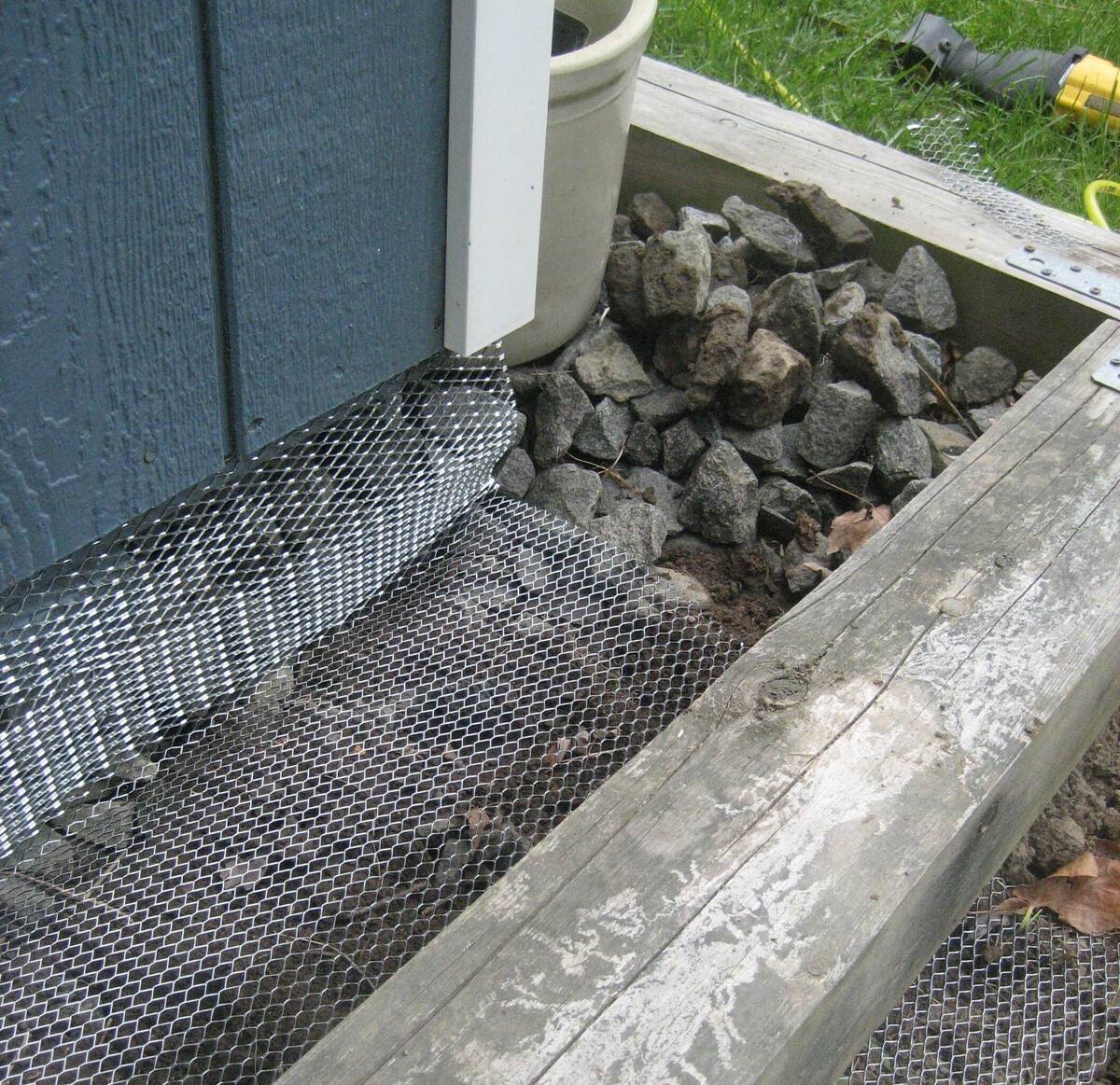
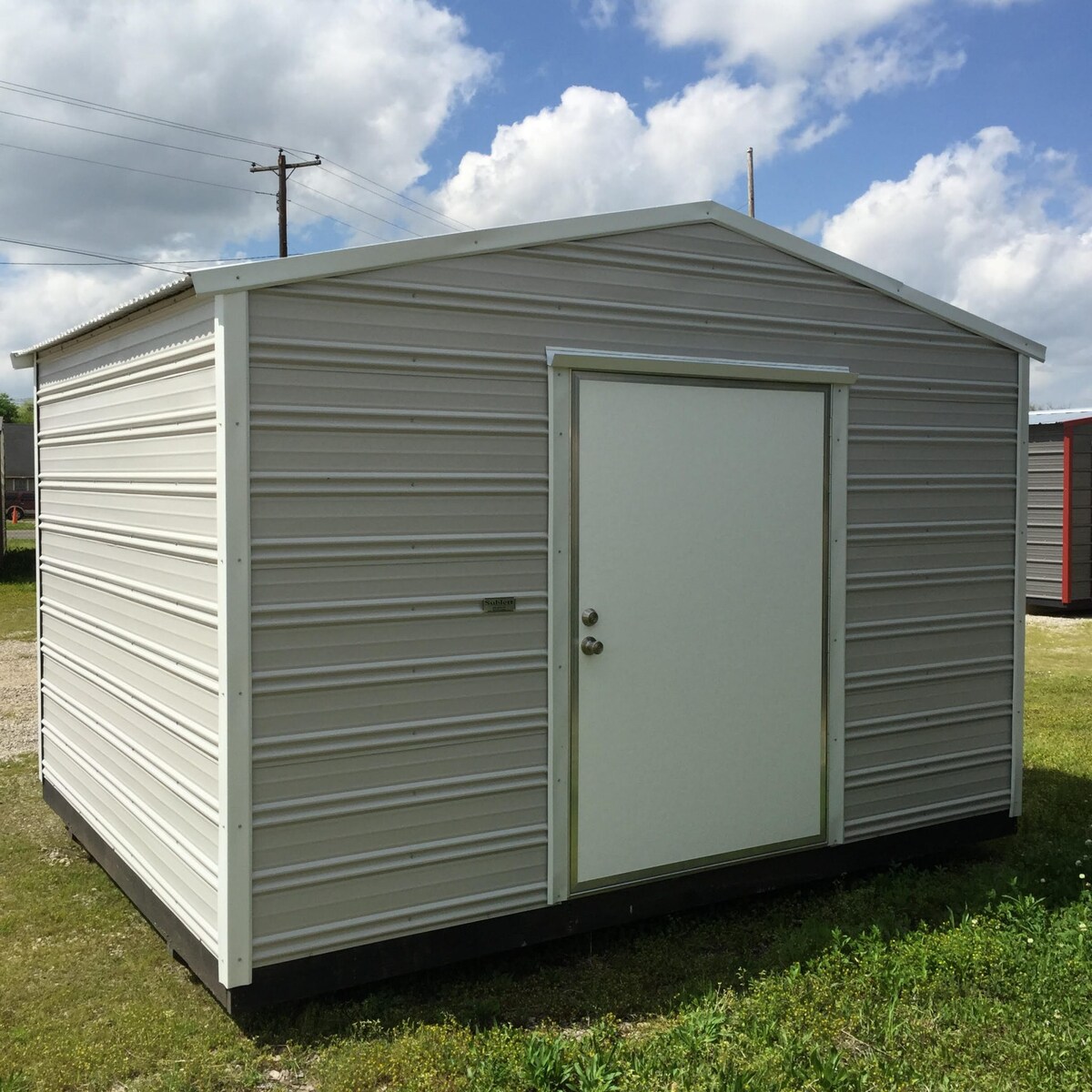
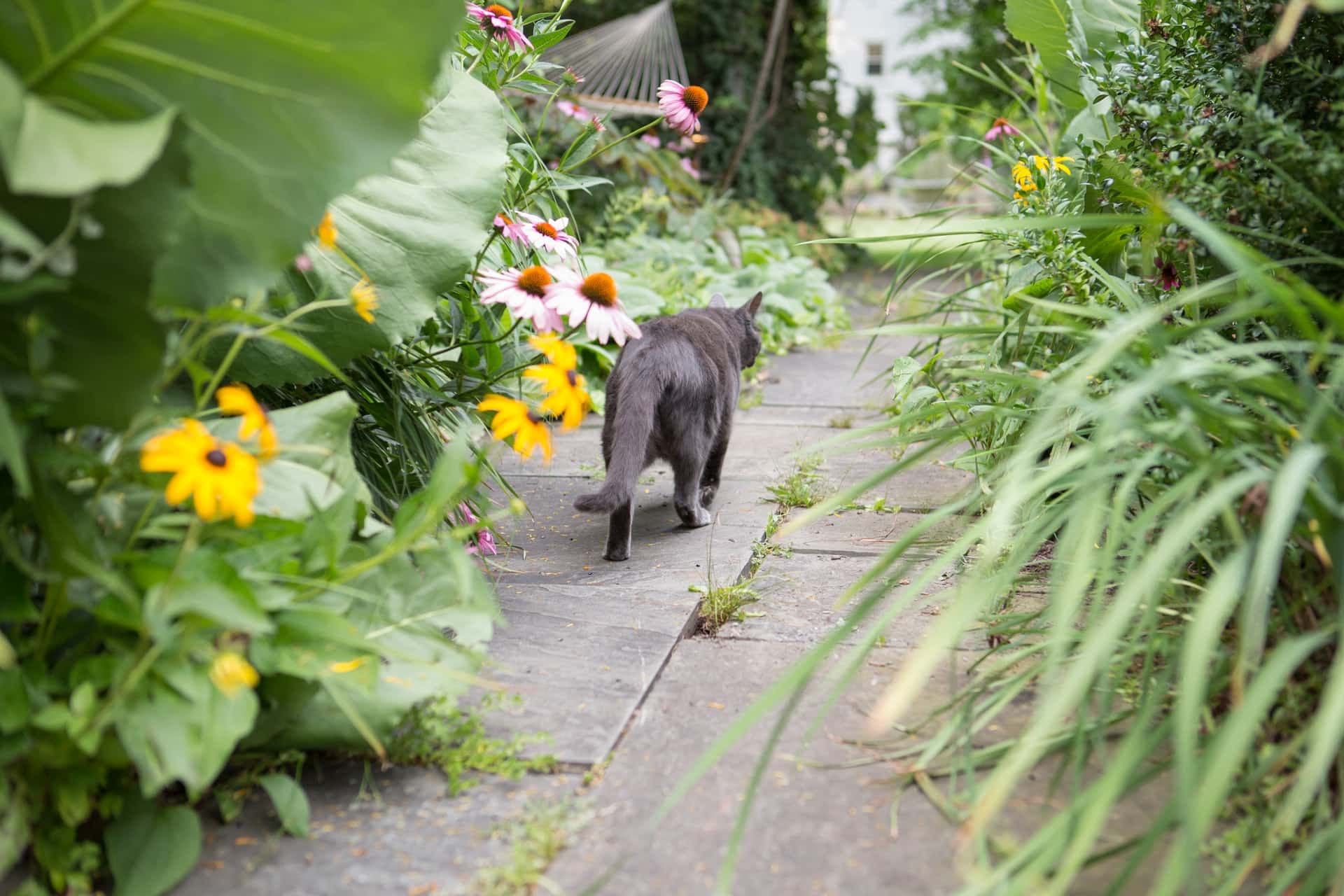
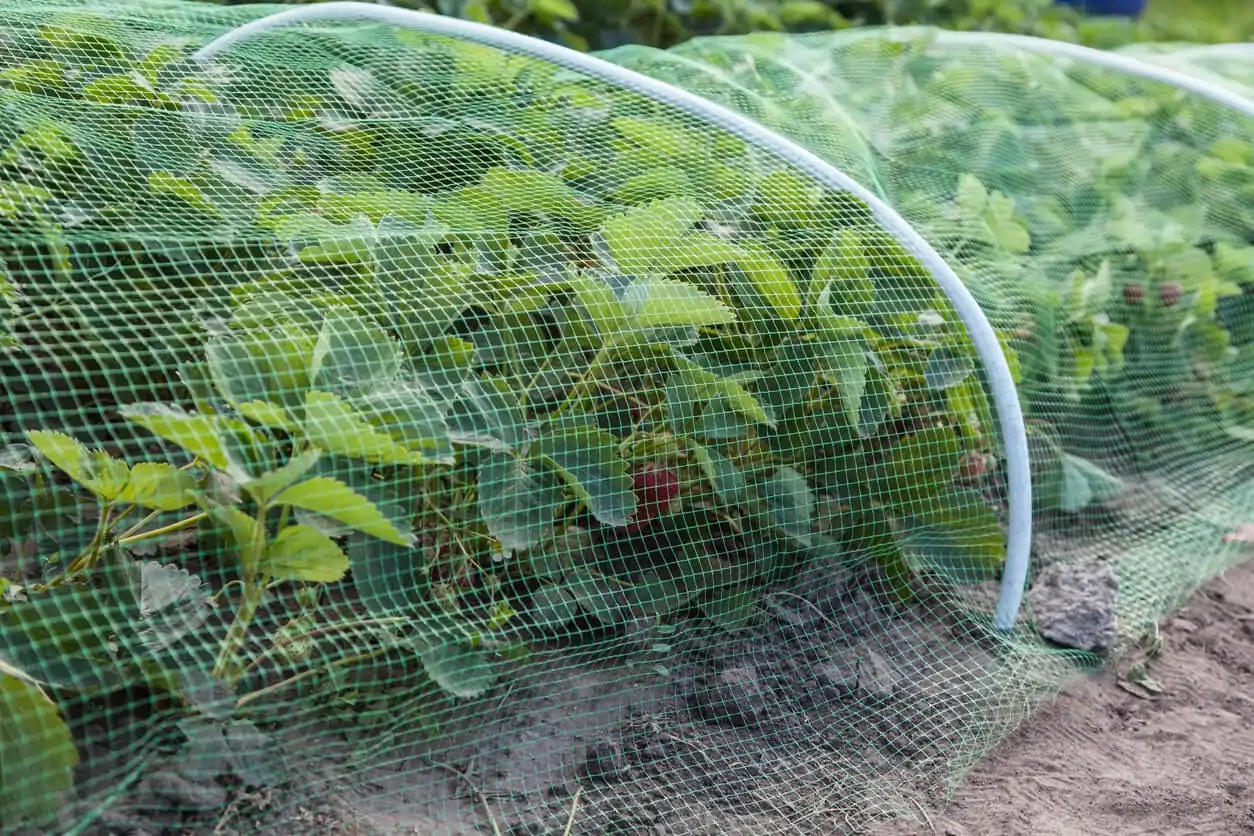
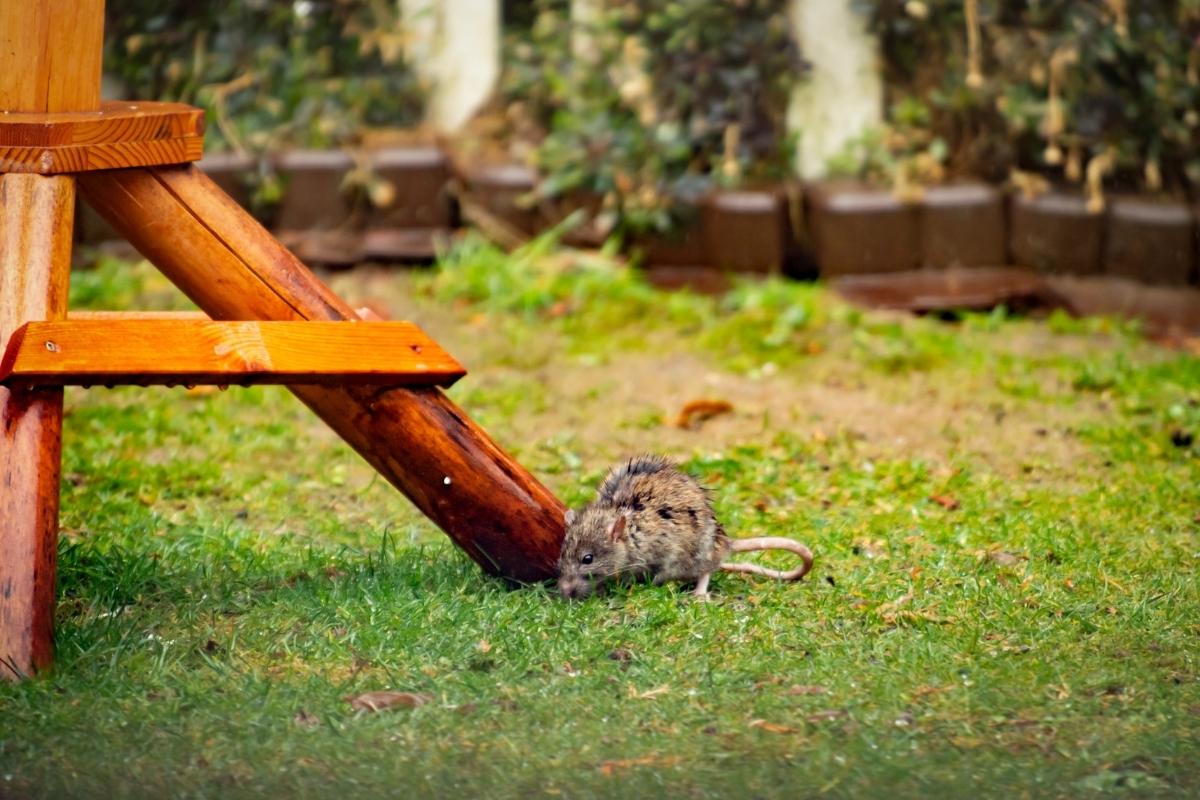
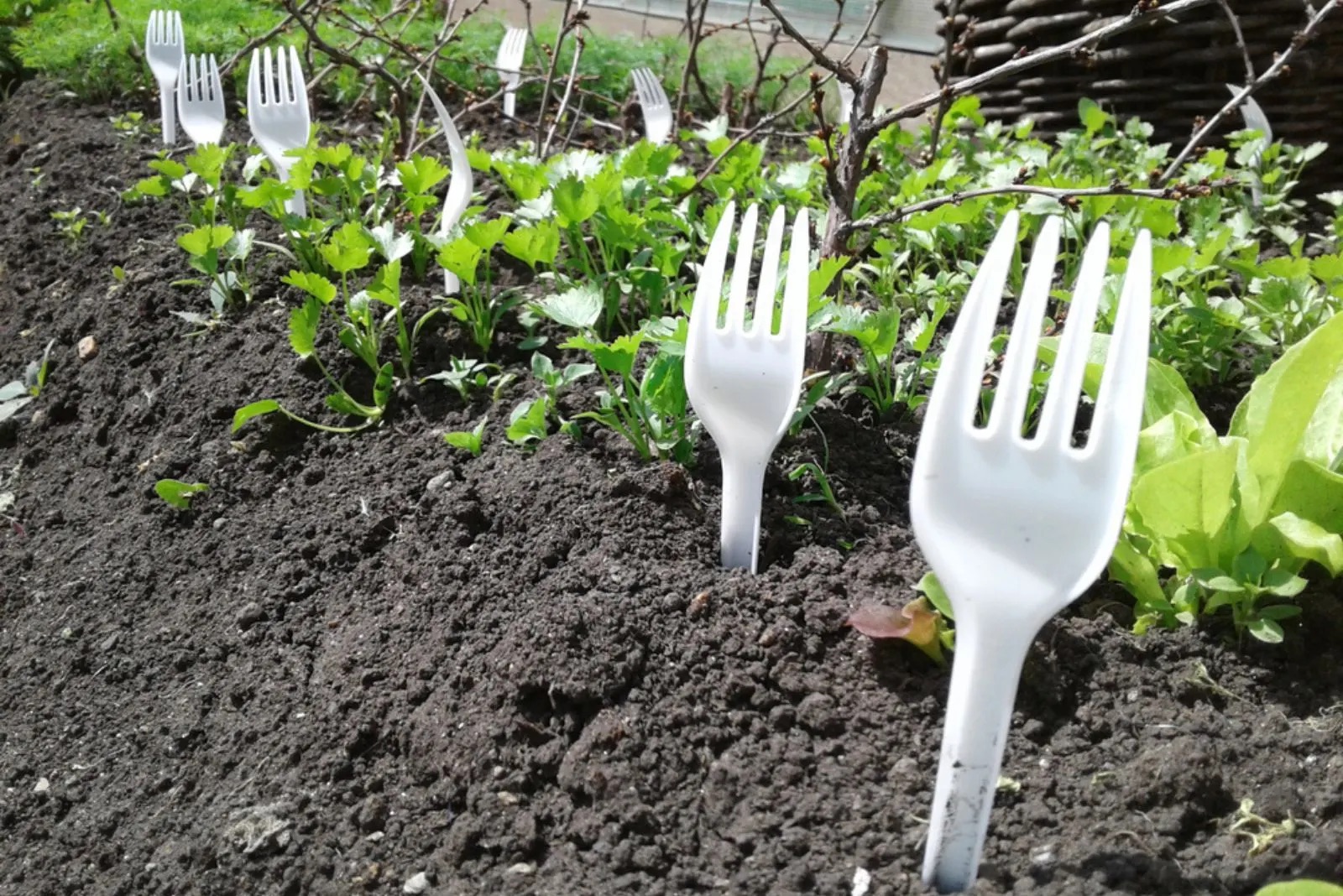
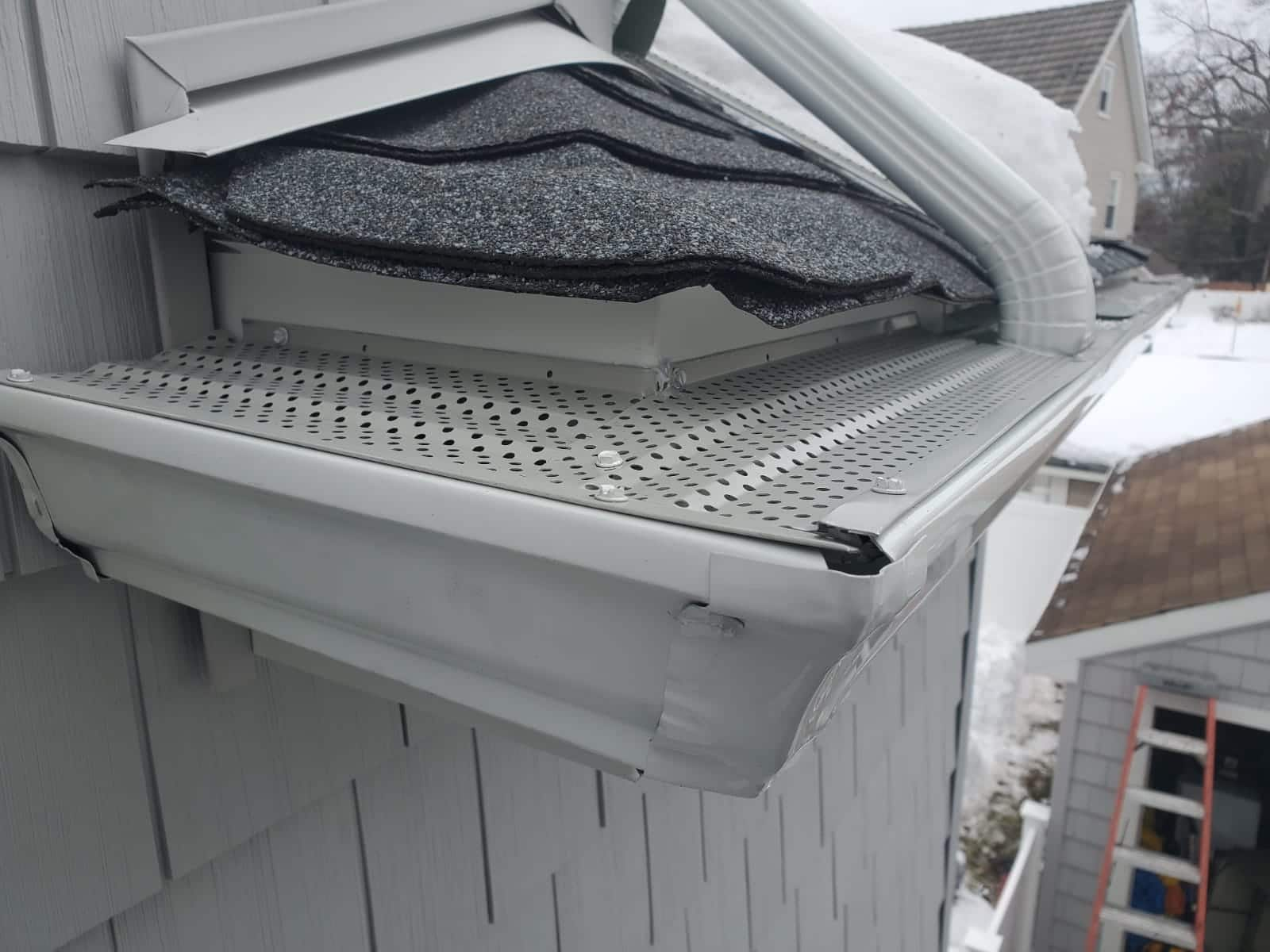

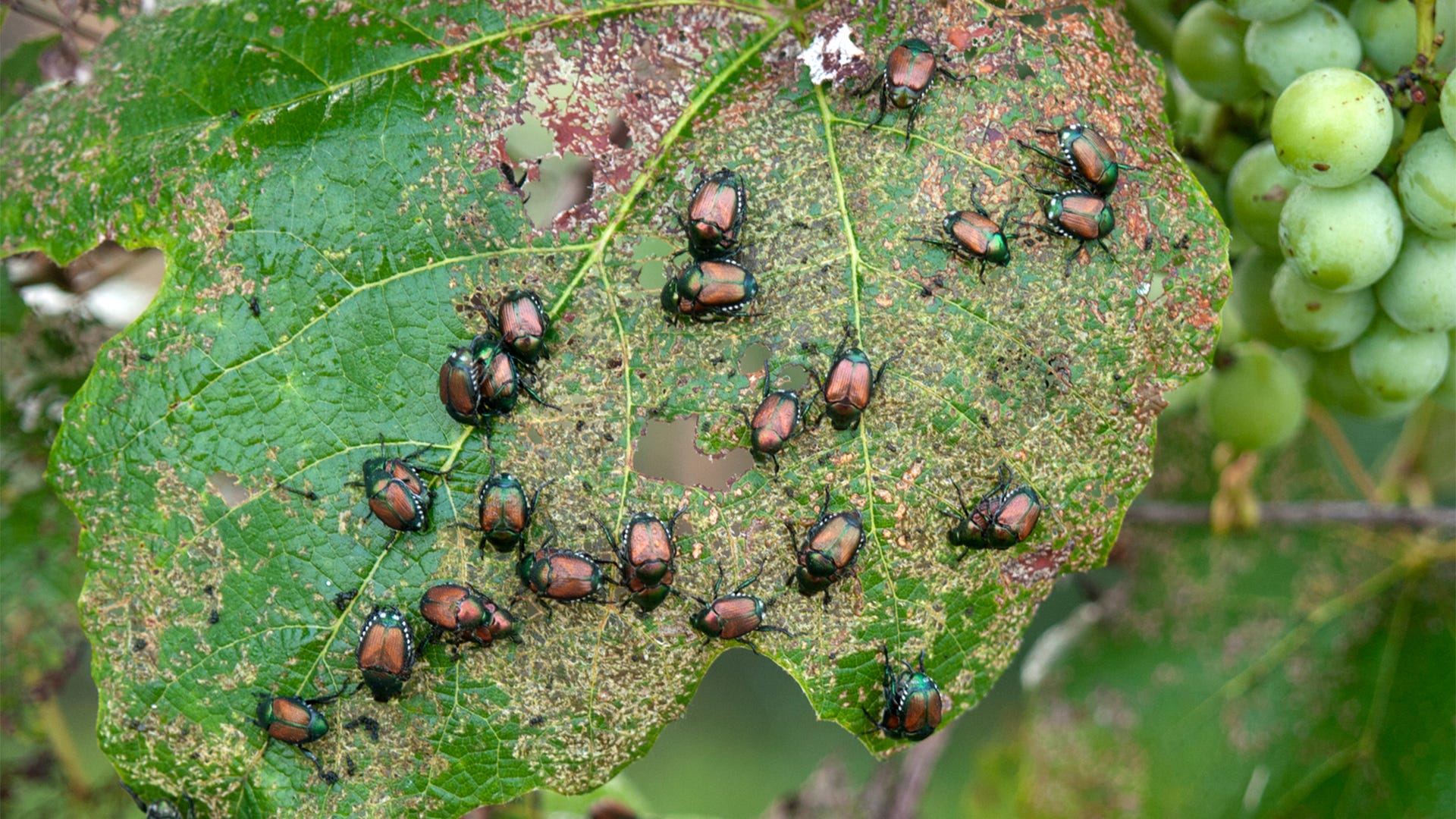



0 thoughts on “How To Keep Insects Out Of A Shed”